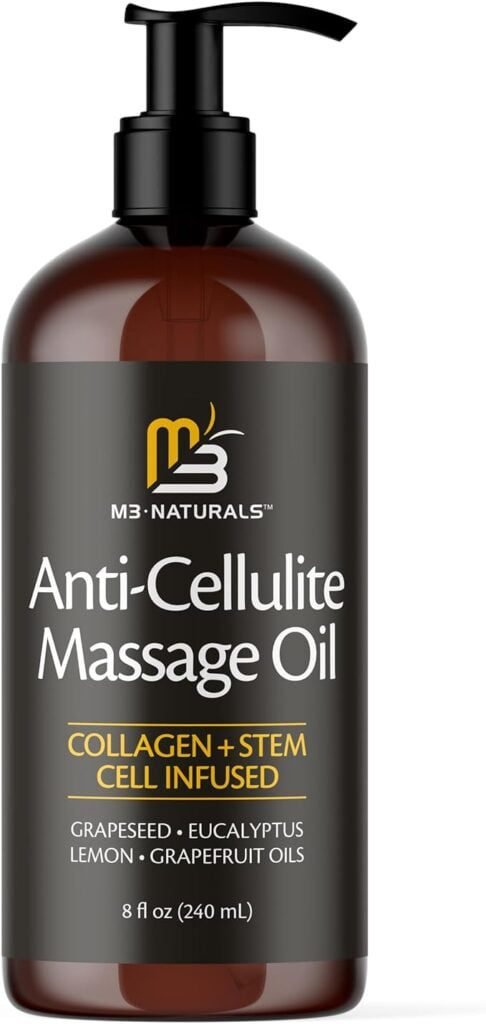
buy product
Understanding Cellulite: Causes, Myths, and Realities
Cellulite, often referred to as orange-peel or cottage-cheese skin, is a condition wherein the skin appears dimpled or lumpy due to underlying fat deposits pushing through connective tissue beneath the skin. It is most commonly observed on the thighs, buttocks, and abdomen but can also occur in other areas of the body. Despite its prevalence, misconceptions about its causes and who it affects persist.
One of the primary causes of cellulite is genetic predisposition. If your family members have experienced cellulite, there is a higher likelihood you will as well. Hormonal changes significantly influence the presence of cellulite, with estrogen playing a critical role, particularly in women post-puberty. Other hormones like insulin, catecholamines, and thyroid hormones also contribute to cellulite formation by affecting fat distribution and connective tissue structure.
Lifestyle factors are equally impactful. Diets high in fat, carbohydrates, and salt, combined with insufficient fiber intake, may contribute to the buildup of toxins in fat cells, exacerbating cellulite. A sedentary lifestyle further compounds the issue by reducing blood circulation and lymphatic drainage, leading to fluid retention and the appearance of cellulite. Conversely, regular physical activity can help mitigate these effects by improving muscle tone and promoting better circulation.
A persistent myth is that cellulite is the sole domain of overweight individuals. In reality, cellulite affects people of all body types, including those who are slim or athletic. Body composition and distribution of fat are influenced by various factors, making cellulite a condition not exclusive to any specific body weight or size.
Additional misconceptions include the belief that cellulite can be permanently eliminated through creams or treatments alone. While anti-cellulite massage oil and other topical applications can temporarily improve the appearance of the skin and enhance elasticity, they do not wholly eradicate cellulite. A combination of healthy lifestyle choices, hormonal balance, and supportive therapies can help manage and reduce its visibility.
In summary, cellulite is a ubiquitous condition influenced by a complex interplay of genetics, hormones, lifestyle choices, and diet. Dispelling myths about who it affects and understanding its causes can lead to more effective and realistic approaches to managing its appearance.
Ingredients to Look for in Anti-Cellulite Massage Oils
When selecting an anti-cellulite massage oil, it is crucial to consider the ingredients that contribute to its efficacy. Key ingredients, such as caffeine, retinol, essential oils, and botanical extracts, are known for their ability to combat cellulite, improve skin elasticity, and promote blood circulation.
Caffeine is a renowned ingredient in anti-cellulite products due to its stimulating properties. It helps to increase blood flow and reduce inflammation, which can minimize the appearance of cellulite. Caffeine also has a diuretic effect, helping to remove excess fluid from the skin and leading to a smoother appearance.
Retinol, a derivative of vitamin A, is another vital ingredient. Retinol boosts collagen production, which helps to improve skin elasticity and firmness. It also promotes cell turnover, leading to the reduction of cellulite’s dimpled appearance over time.
Essential oils such as juniper and rosemary have been used for centuries for their potent therapeutic benefits. Juniper oil aids in the detoxification process by promoting blood circulation and lymphatic drainage, while rosemary oil has invigorating properties that can help to tone and firm the skin, reducing the visibility of cellulite.
Another important component is botanical extracts. These natural compounds, including green tea extract and horsetail extract, are rich in antioxidants and have anti-inflammatory properties. Green tea extract, in particular, improves skin texture and elasticity thanks to its high concentration of polyphenols. Horsetail extract, with its silicon content, supports skin structure and firmness.
Choosing anti-cellulite massage oils with natural and non-toxic ingredients is critical for maintaining overall skin health. These ingredients not only provide targeted benefits but also ensure that the skin is not exposed to harmful chemicals. By incorporating these effective components, anti-cellulite massage oils can deliver optimal results, enhancing the skin’s appearance and promoting well-being.
Techniques for Anti-Cellulite Massage Therapy
In the realm of anti-cellulite massage therapy, employing the right techniques can significantly enhance the benefits of anti-cellulite massage oils. Various massage methods are utilized to reduce the appearance of cellulite, improve circulation, and enhance skin texture. Among the most effective techniques are dry brushing, lymphatic drainage massage, and deep tissue massage.
Dry brushing is a popular pre-massage technique that involves using a natural bristle brush to exfoliate the skin. This method not only removes dead skin cells but also stimulates blood flow and lymphatic drainage, preparing the skin to better absorb anti-cellulite oils. For optimal results, dry brushing should be carried out before showering, moving the brush in long, sweeping motions toward the heart, focusing on areas affected by cellulite.
Lymphatic drainage massage specializes in stimulating the lymphatic system to remove toxins and excess fluid, which can contribute to the formation of cellulite. This technique involves gentle, rhythmic strokes designed to encourage lymph circulation. It is recommended to perform this massage two to three times a week. When combined with anti-cellulite oils, lymphatic drainage massages can lead to smoother, less dimpled skin.
Deep tissue massage is a more intensive technique that targets the deeper layers of muscle and connective tissue. Using more pressure, this massage helps to break down fatty deposits and adhesions, which can contribute to cellulite formation. Typically, a session lasts about 30 to 60 minutes and is best conducted once or twice a week. The deep pressure not only alleviates muscle tension but also enhances the effectiveness of anti-cellulite oils by ensuring deeper penetration into the skin.
To maximize the benefits of these techniques, it is essential to incorporate them into a regular skincare routine. Ensure consistent massage sessions, maintaining the recommended frequency, and always apply a high-quality anti-cellulite massage oil. Regular use amplifies the effects, leading to firmer, more toned skin over time.
Choosing the Right Anti-Cellulite Massage Oil for You
Selecting the optimal anti-cellulite massage oil involves closely examining several key factors to cater to individual needs and preferences. One of the first considerations is skin type. Individuals with dry skin may benefit from oils containing deeply hydrating ingredients such as jojoba or almond oil. Conversely, for those with oily or acne-prone skin, non-comedogenic oils like grapeseed or pomegranate can provide benefits without clogging pores.
Sensitivity to ingredients is another crucial element. Those with sensitive skin should avoid products with harsh chemicals or synthetic fragrances that could cause irritation. Instead, they might opt for natural formulations infused with essential oils like lavender or chamomile, which offer soothing properties. Reading ingredient labels carefully can help in avoiding potential allergens.
Personal goals are essential in guiding the choice of anti-cellulite massage oil. If the primary aim is to enhance cellulite reduction, oils containing caffeine or retinol are well-regarded for their ability to firm skin and boost circulation. Additionally, oils enriched with antioxidants, such as vitamin E, may provide added benefits by protecting skin from free radical damage.
The market offers various well-reviewed anti-cellulite oils with varied formulations. Popular brands like Weleda, Clarins, and Pure Body Naturals have garnered positive feedback for their efficacy and quality. Exploring user reviews and expert recommendations can provide insights into product performance.
Other considerations include price point and availability. While high-end brands often offer premium formulations, many affordable options can deliver comparable results. Assessing ethical production practices is also vital; opting for cruelty-free and sustainably sourced products aligns with environmentally conscious values.
Ultimately, choosing the right anti-cellulite massage oil hinges on understanding individual skin needs, ingredient sensitivities, and personal objectives. With a thoughtful approach, it is possible to find a formulation that enhances both the massage experience and skincare goals.
buy product
Discover more from detoatepentrutotisimaimult
Subscribe to get the latest posts sent to your email.
